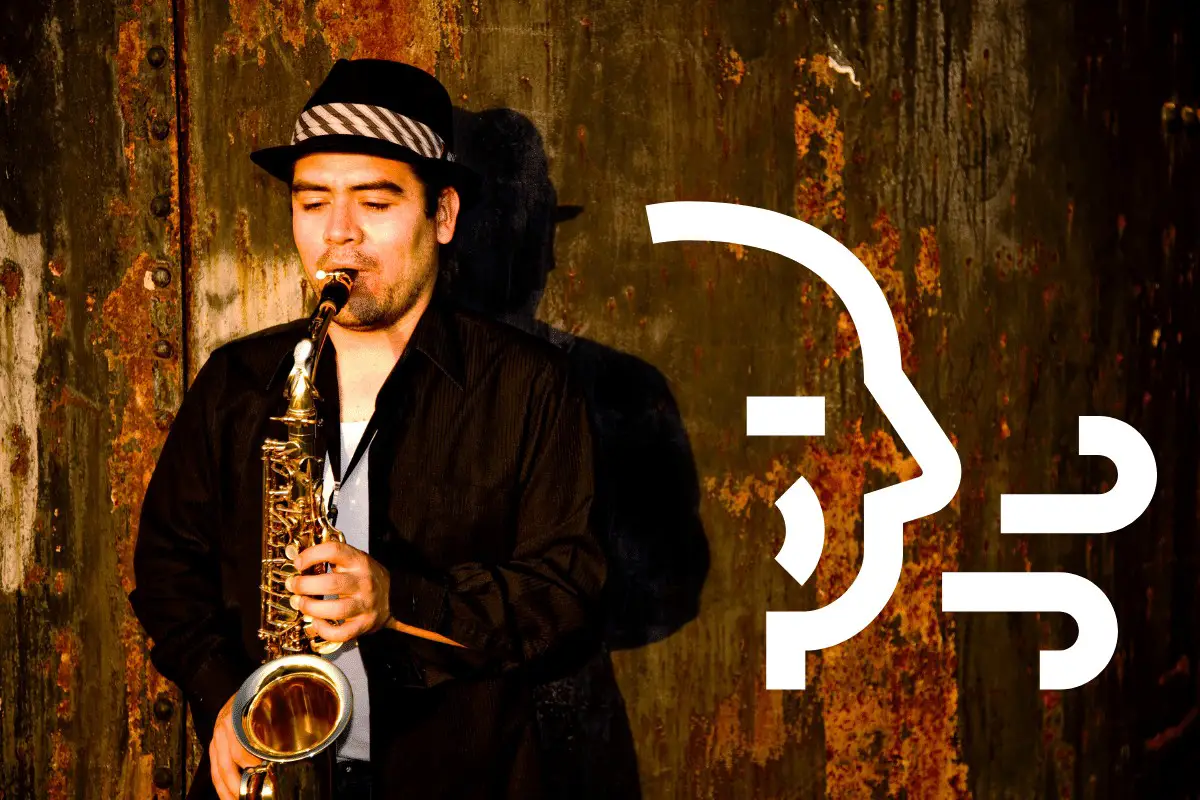As my fifth-grade students are picking instruments and getting into band, I’m asked many questions about the instruments they picked.
I get a lot of questions about the tenor and alto saxes and which one they should play.
I had a young person of small stature worried about the air required for tenor.
I had to think about the question: Does tenor sax require more air than alto?
The tenor sax is larger than the alto and therefore requires more air. The difference in size doesn’t result in a much larger amount of air, but the amount of energy you use to blow is greater because of the wider tubes and larger mouthpiece.
Let’s dig into why this is the case.
Table of Contents
Tenor And Alto Sax Size Difference
You’ll notice a big difference in size between the tenor and alto right off the bat.
A tenor weighs around 6lb 4oz on average compared to the alto’s 4lb 5oz.
Weight doesn’t affect air much, but it gives you an idea of how much larger the alto is.
The length is a much better indicator of the difference in air requirement.
A tenor saxophone comes in around 3’ feet long. The alto sax sits at around 2’ feet 4” inches.
This number varies slightly from model to model, but these numbers are pretty close in almost every case.
The third size difference we want to look at is in the mouthpiece.
You need to blow into this to make the sound, so it affects how much air or breath you need to play.
The size of the mouthpiece’s tip affects the amount of air the most. This makes perfect sense because the tip shows you how much space you have to blow air through.
An alto sax has a space between 1.40-2.80mm, and the tenor sax has a range of 1.60-3.80mm.
If you want to dive into the tenor vs. alto sax, head on over to our detailed comparison article.
Air Difference Between Tenor And Alto Saxophones
Now, let’s look at how and why the tenor sax requires more air.
First, let’s look at what we mean by more air.
For most people, they imagine the amount of air as greater.
For some instruments, the pressure pushing back against you through small holes means you’ll need to use more air pressure, making it feel like you’re using more air.
This is why an oboe feels harder to blow than a saxophone. It has a much smaller space and requires a lot more force.
Now, let’s look at the tenor and alto to determine which requires more air.
The length of the tenor is bigger by about 8” inches. This is 8” more inches of tubing you have to blow through.
The added length and wider tubing mean more air is needed, though the amount may not be as much as you think.
The alto saxophone has a smaller (on average) mouthpiece tip. This means it has a bit more back pressure, requiring more air pressure from you.
The difference isn’t much, but some people will notice it instantly.
Then again, the larger mouthpiece of the tenor overall again requires more air to fill.
Overall, there is a distinct difference in the amount of air required, with the tenor needing more.
But in the grand scheme, the difference isn’t that much.
Air makes a big difference in the sound you produce on your instrument.
Check out our article featuring saxophone sound descriptions.
Is Tenor Sax Harder Than Alto?
The tenor sax is slightly harder than the alto and not by much. They’re about equal in terms of difficulty for sound production and fingering.
The biggest differences come from the tenor’s larger size (making it a little tougher to hold) and the need for more air (though, as we said before, it’s not that much).
Most band teachers recommend starting on alto sax for their middle schoolers, but if you’re a high schooler or adult, I’d say just pick whichever one interests you more.
They’re close enough it won’t make a difference.
Are you interested in switching from alto to tenor sax? Click the link to see our best tips compiled from sax players and music teachers.

